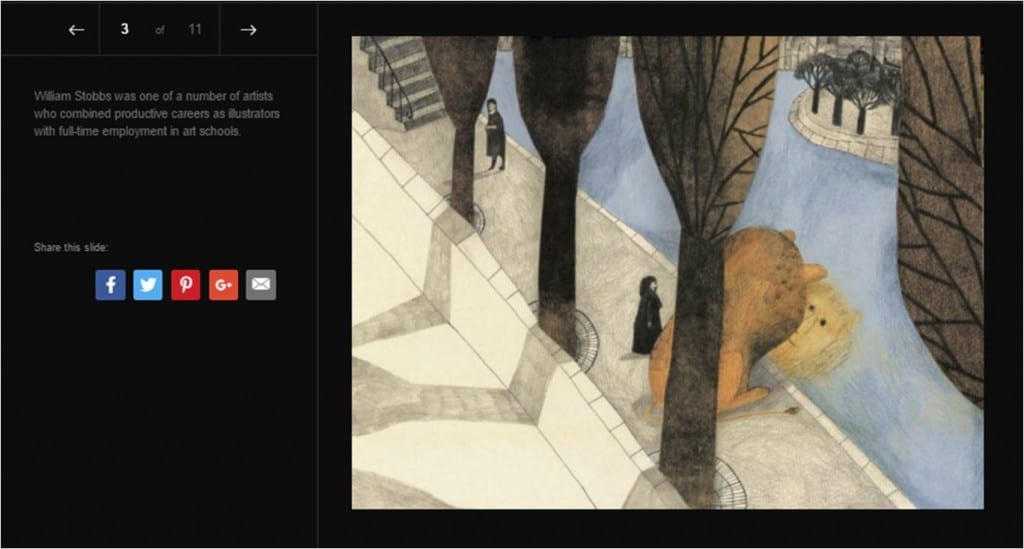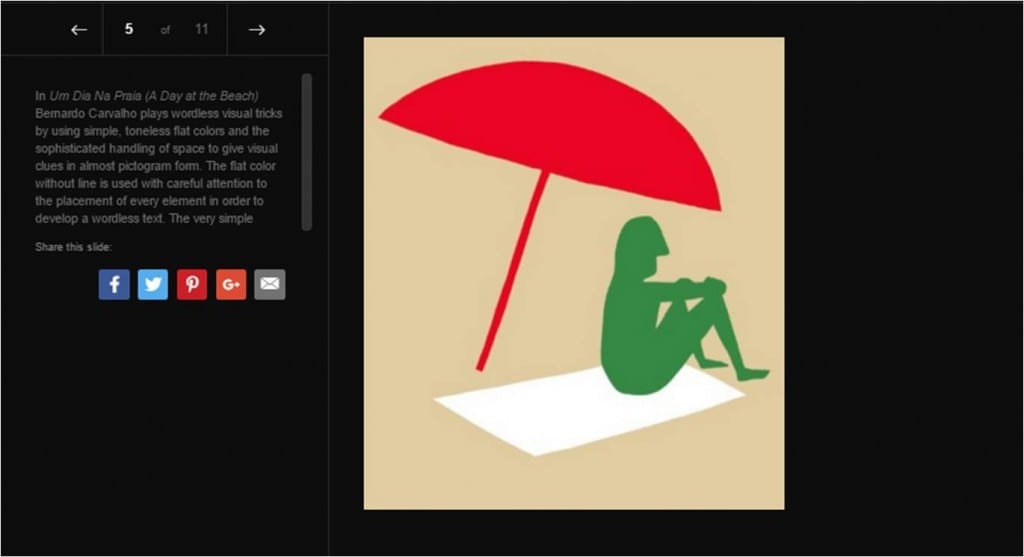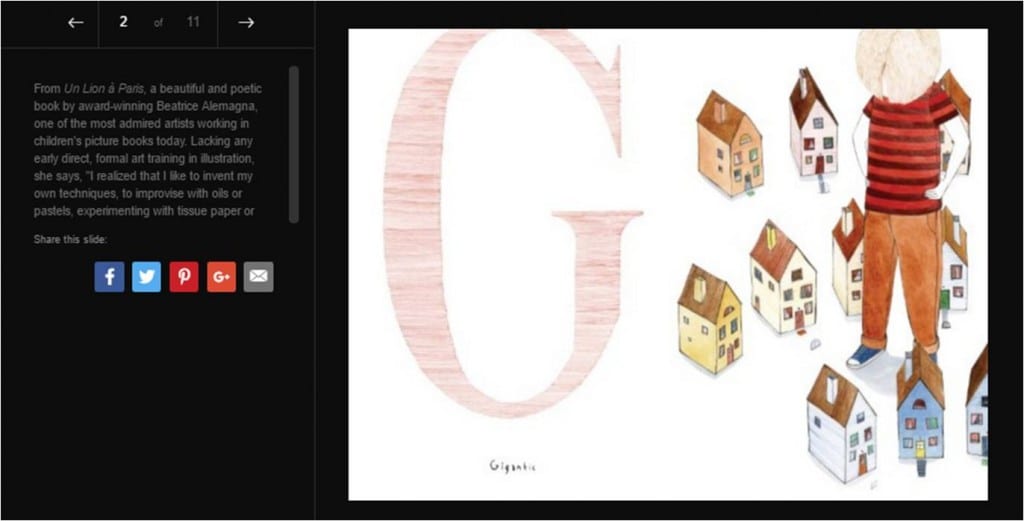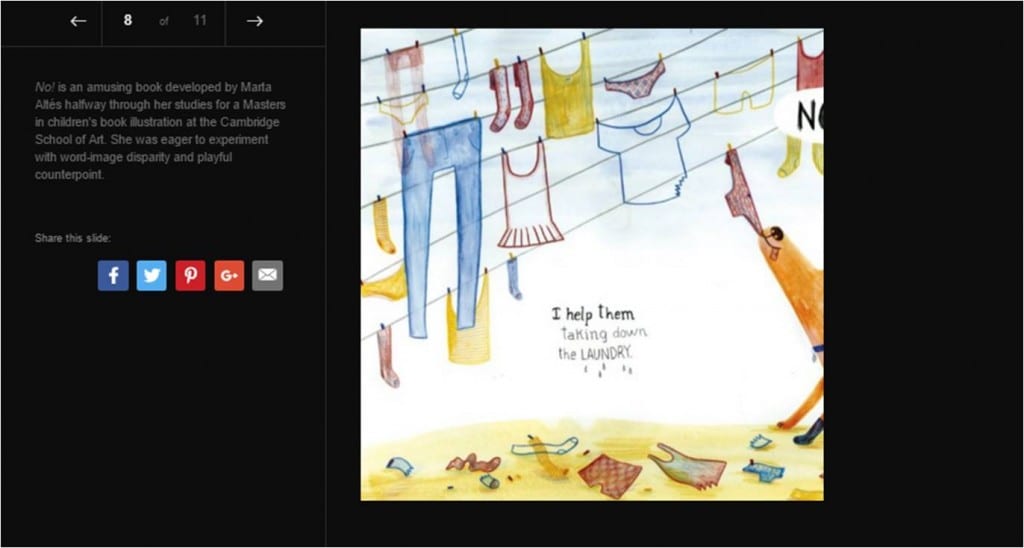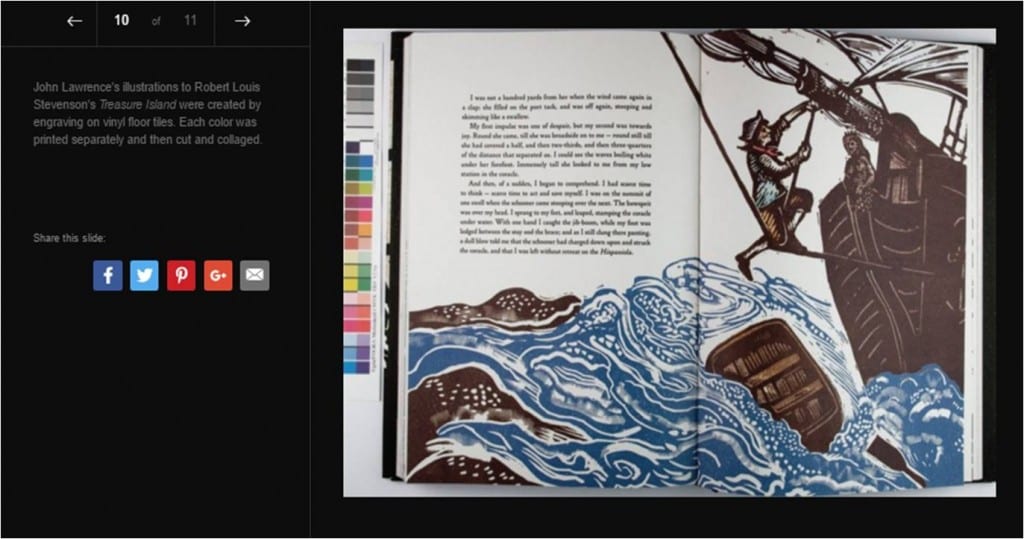I decided to create a book about social anxiety because I though it will be helpful for children to feel less isolated. As children they don’t understand what is happening to them. Educating them about their disorder or even simple fears of social interaction can help a scared child. ‘Some kids downplay their symptoms or even refuse to acknowledge them in an effort to avoid embarrassing scrutiny’ (Chid Mind Institute, 2016). This is yet another reason why a children’s book on Social Anxiety should be made. Even though Social Anxiety is most common in adolescents Child Mind Institute states that ‘it can also begin in childhood. Undiagnosed and untreated, it can lead to isolation and depression.’ (Child Mind Institute, 206) Social Anxiety is commonly ‘characterised by intense self-consciousness and fear of embarrassment that goes beyond common shyness, causing a child to go to great lengths to avoid social interactions.’ (Child Mind Institute, 2016) Furthermore ‘kids with social anxiety disorder are so worried about being judged negatively by others that they are terrified of doing or saying anything that may cause humiliation.’ (Child Mind Institute, 2016)
Social Anxiety Disorder is a type of complex phobia. ‘This type of phobia has a disruptive or disabling impact on a person’s life. It can severely affect a person’s confidence and self-esteem, interfere with relationships and impair performance at work or school.’ (NHS, 2015) Children with Social Anxiety express it by ‘asking,“What if I do something stupid?” or “What if I say the wrong thing?” Young children sometimes throw tantrums and cry when confronted with a situation that terrifies them, behaviour that can be misunderstood as oppositional. The fear they experience may trigger physical symptoms such as shaking, sweating, and shortness of breath, and may significantly interfere with daily life. The anxiety may occur well in advance of the dreaded situation.’ (Child Mind Institute, 2016) An individual with Social Anxiety ‘worry excessively about [situations] before, during and afterwards’ (NHS, 2015). Children with social anxiety might avoid eye contact, ‘cry more than usual, freeze, or have tantrums.’ (NHS, 2015)
Social Anxiety Disorder can cause panic attacks making one ‘feel an overwhelming sense of fear, apprehension and anxiety’ (NHS, 2015) which lasts several minutes. Panic attacks can also cause physical symptoms such as ‘feeling sick, sweating, trembling and heart palpitations.’ (NHS, 2015)
Social Anxiety Disorder has two main types which are:
Performance based
-public speaking
-writing on the blackboard in front of other peers
(The Child Anxiety Network, 2015)
Interaction based
-going to school
-eating in public
-using public restrooms
(Child Mind Institute, 2016)
-talking with authority figures such as teacher or a principal
-speaking on the phone
(The Child Anxiety Network, 2015)
Social Anxiety is believed to be caused by a combination of ‘genetic and environmental factors’ (NHS, 2015). Social Anxiety ‘often run in families, so you’re more likely to have social anxiety disorder if a close family member is affected.’ (NHS, 2015) Parental behavior such as them being anxious themselves can also contribute to a child developing Social Anxiety Disorder.
‘People with social anxiety disorder often describe their parents as:
- overprotective
- not affectionate enough
- constantly criticising them and worrying they may do something wrong
- overemphasising the importance of manners and grooming
- exaggerating the danger of approaching strangers’ (NHS, 2015)
Treatment
Individual CBT – 12, 45 minute sessions which ‘include gradually exposing the child to feared or avoided social situations and training them in social skills, rehearsing their use in social situations. There will also be training for parents.’ (NHS, 2015)
Group CBT – 8-12, 90 minutes sessions for children aged 7 +. ‘Aim to gradually expose affected children to feared or avoided social situations, and train them in social skills.’ (NHS, 2015)
Parental CBT – This is ‘more appropriate for younger children. Parents are trained to use CBT-based materials with their children, such as books designed to treat their child’s anxiety problem.’ (NHS, 2015)
The fact that there are books out there designed to help treat/understand social anxiety for children is another motivational factor for me to make this book. If it’s possible I would like to design the whole book over the summer and hopefully get it published. I’m also going to research Social Anxiety specific children books as well as regular picture books.
Bibliography
Child Mind Institute (2016) Social Anxiety Disorder. [online] Child Mind Institute. Available from: http://www.childmind.org/en/health/disorder-guide/social-anxiety-disorder [Accessed 04/04/2016]
The Child Anxiety Network (2015) Social Phobia. [online] Psychzone Inc. Available from: http://www.childanxiety.net/Social_Phobia.htm [Accessed 05/04/2016]
NHS (2015) Social anxiety disorder (social phobia). [online] NHS. Available from: http://www.nhs.uk/conditions/social-anxiety/pages/social-anxiety.aspx [Accessed 05/04/2016]
